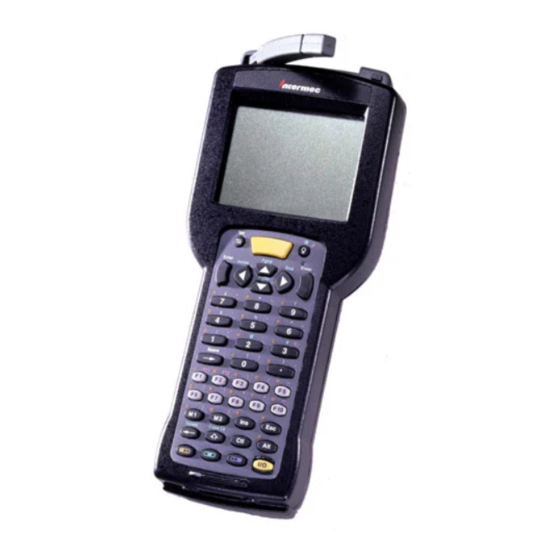
Intermec Data Collection PC Manuals
Manuals and User Guides for Intermec Data Collection PC. We have 1 Intermec Data Collection PC manual available for free PDF download: User Manual
Intermec Data Collection PC User Manual (402 pages)
High-performance wireless LAN technology, bar code scanning, and power management features.
Table of Contents
Advertisement
Advertisement
